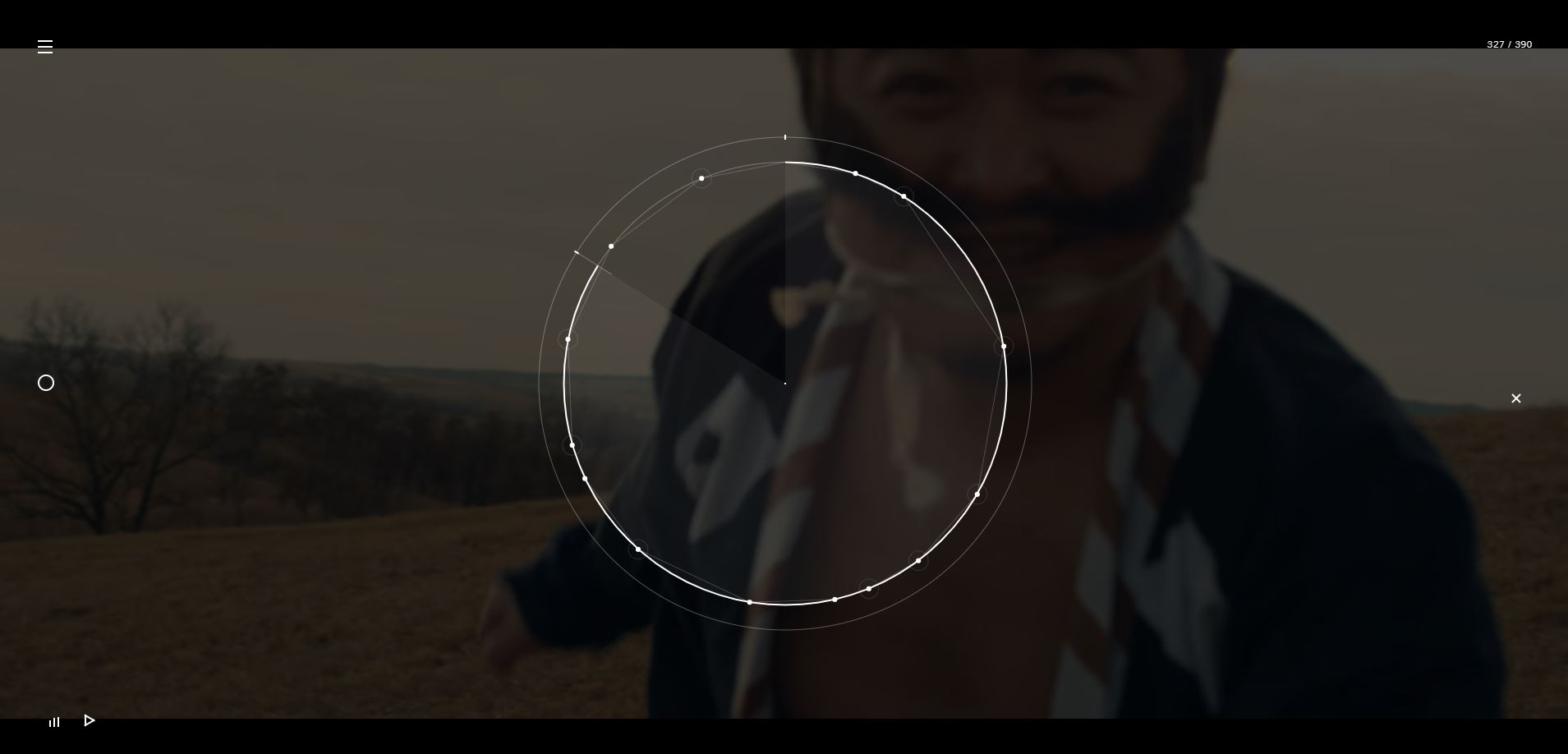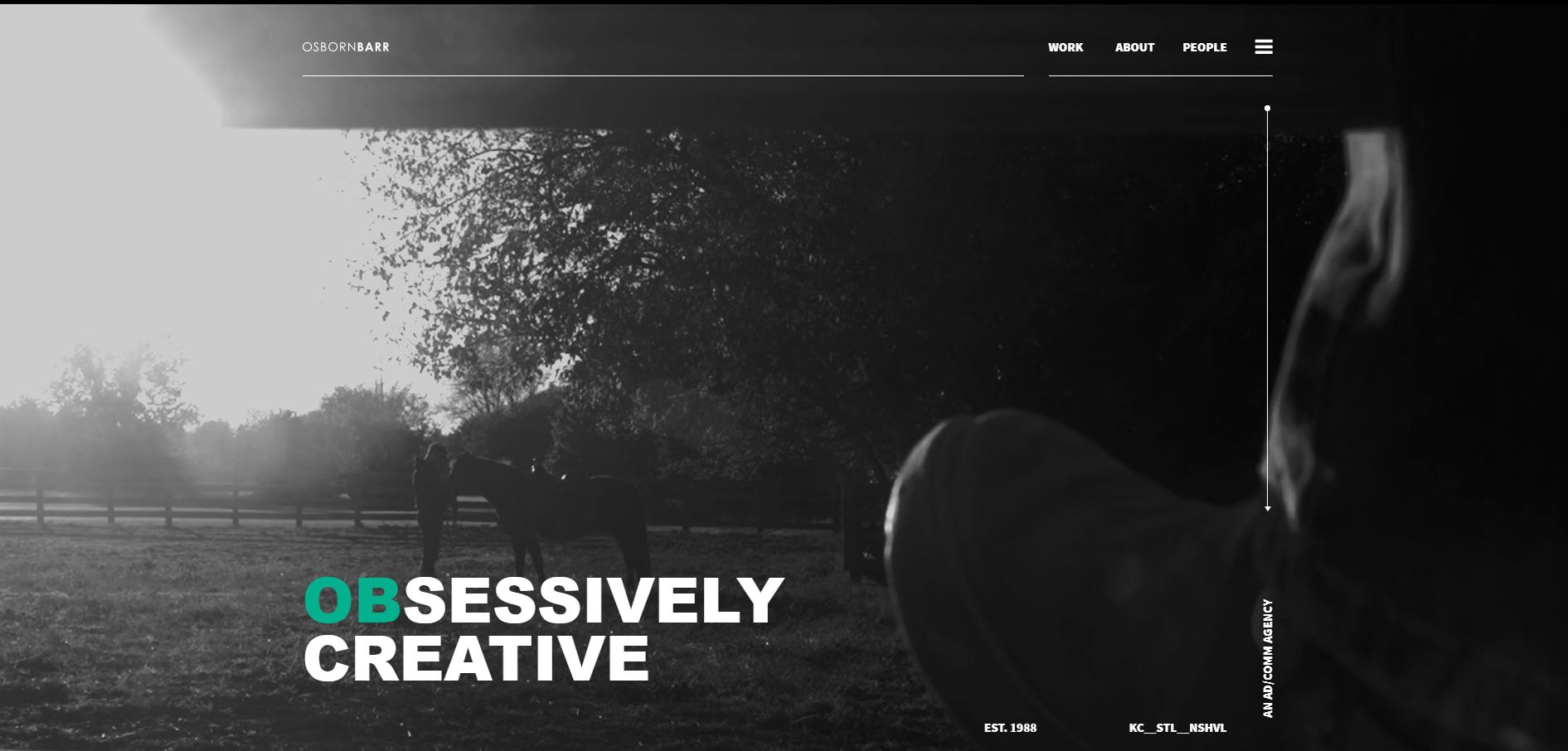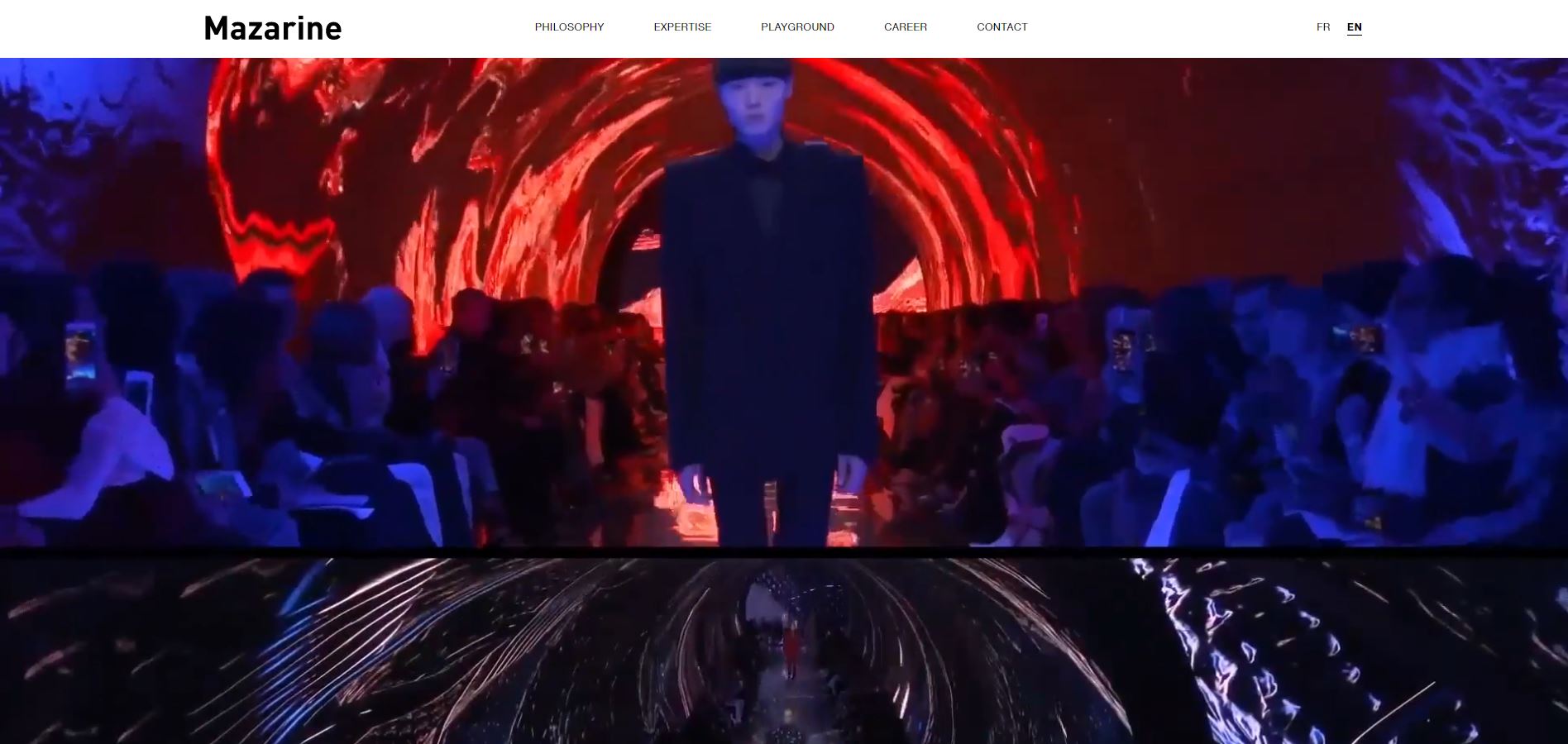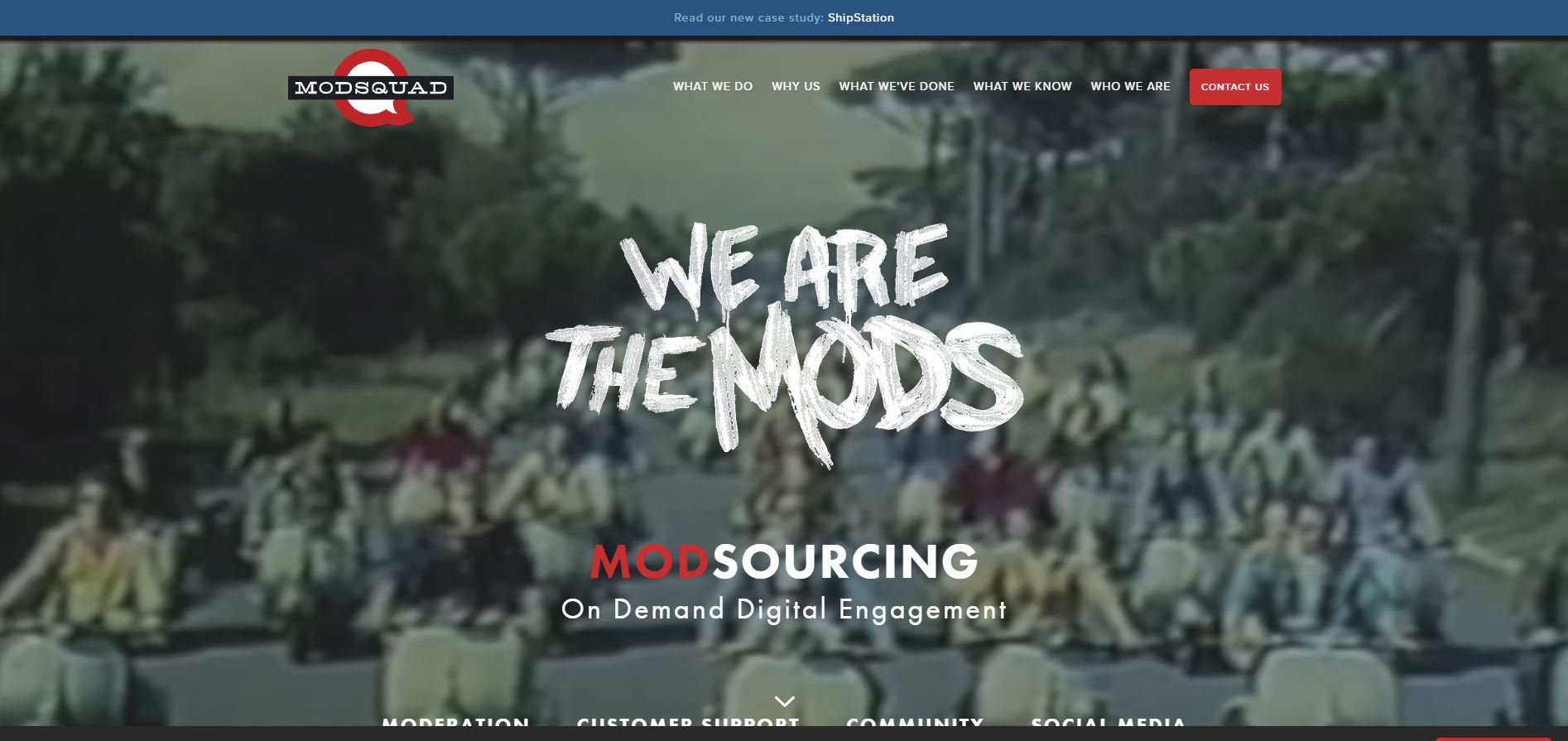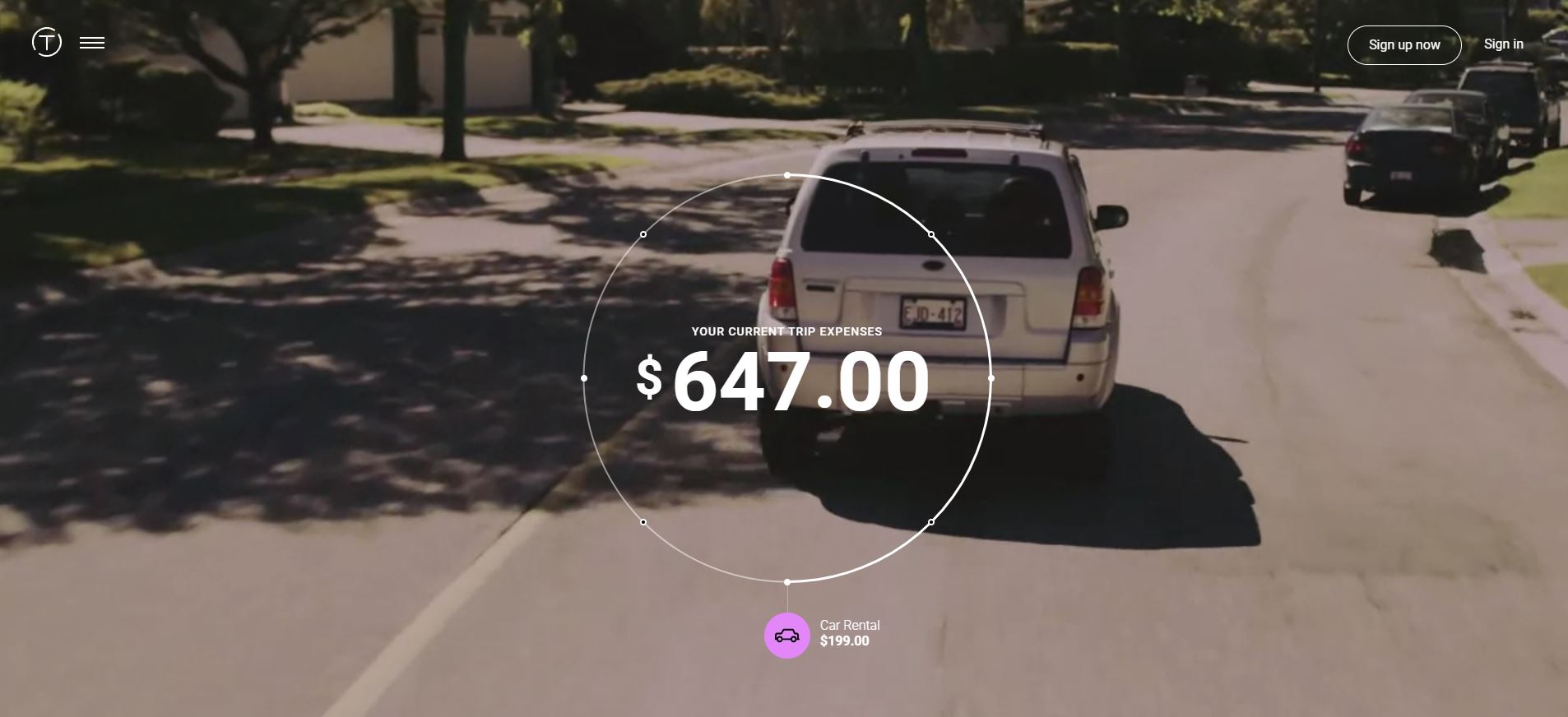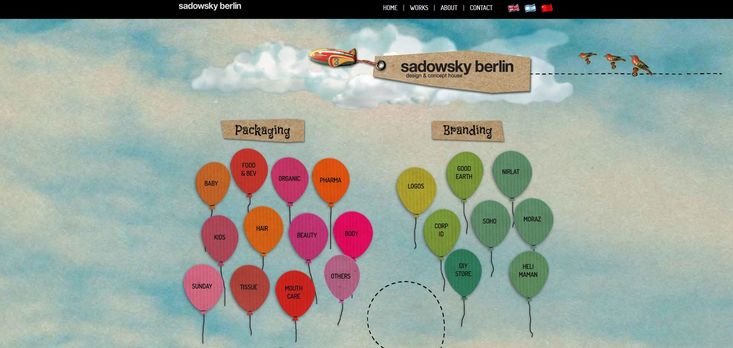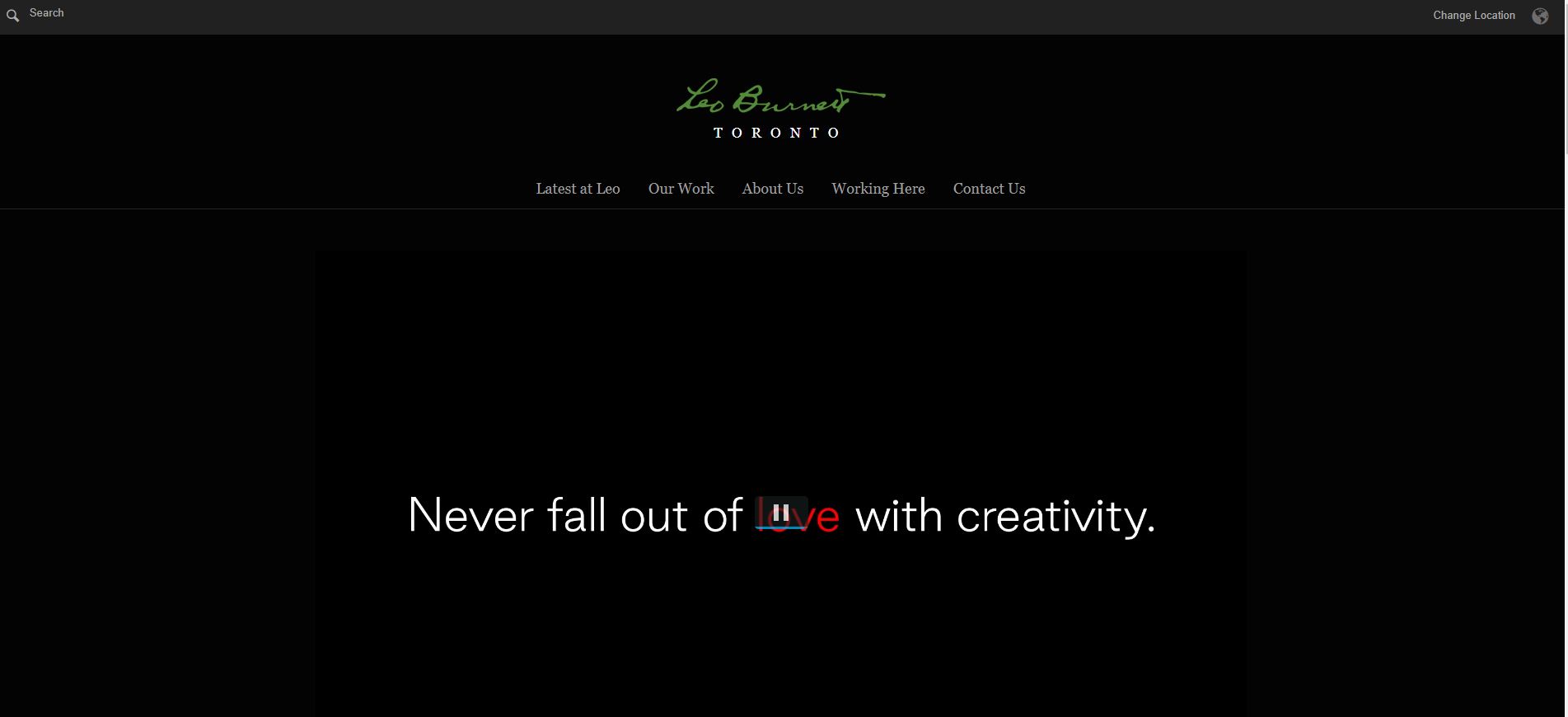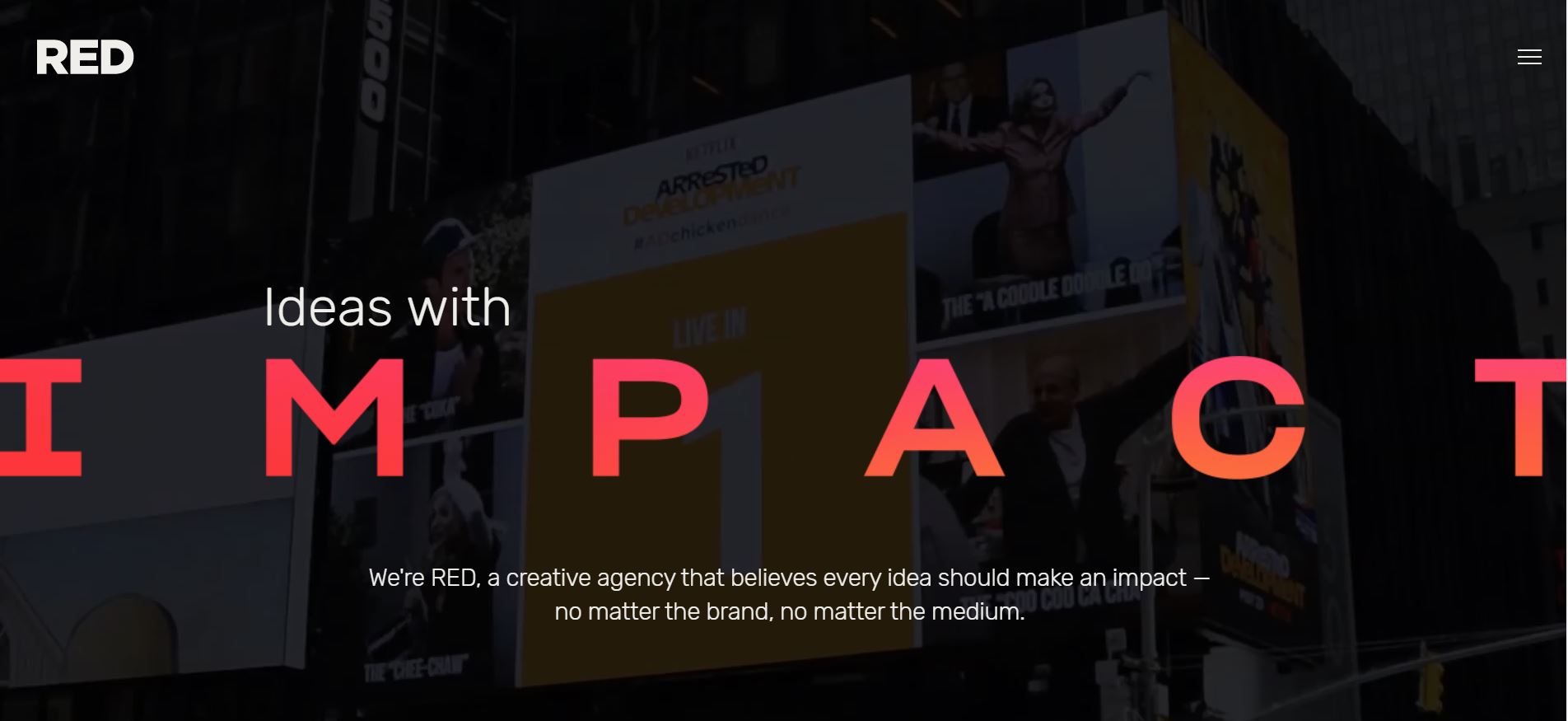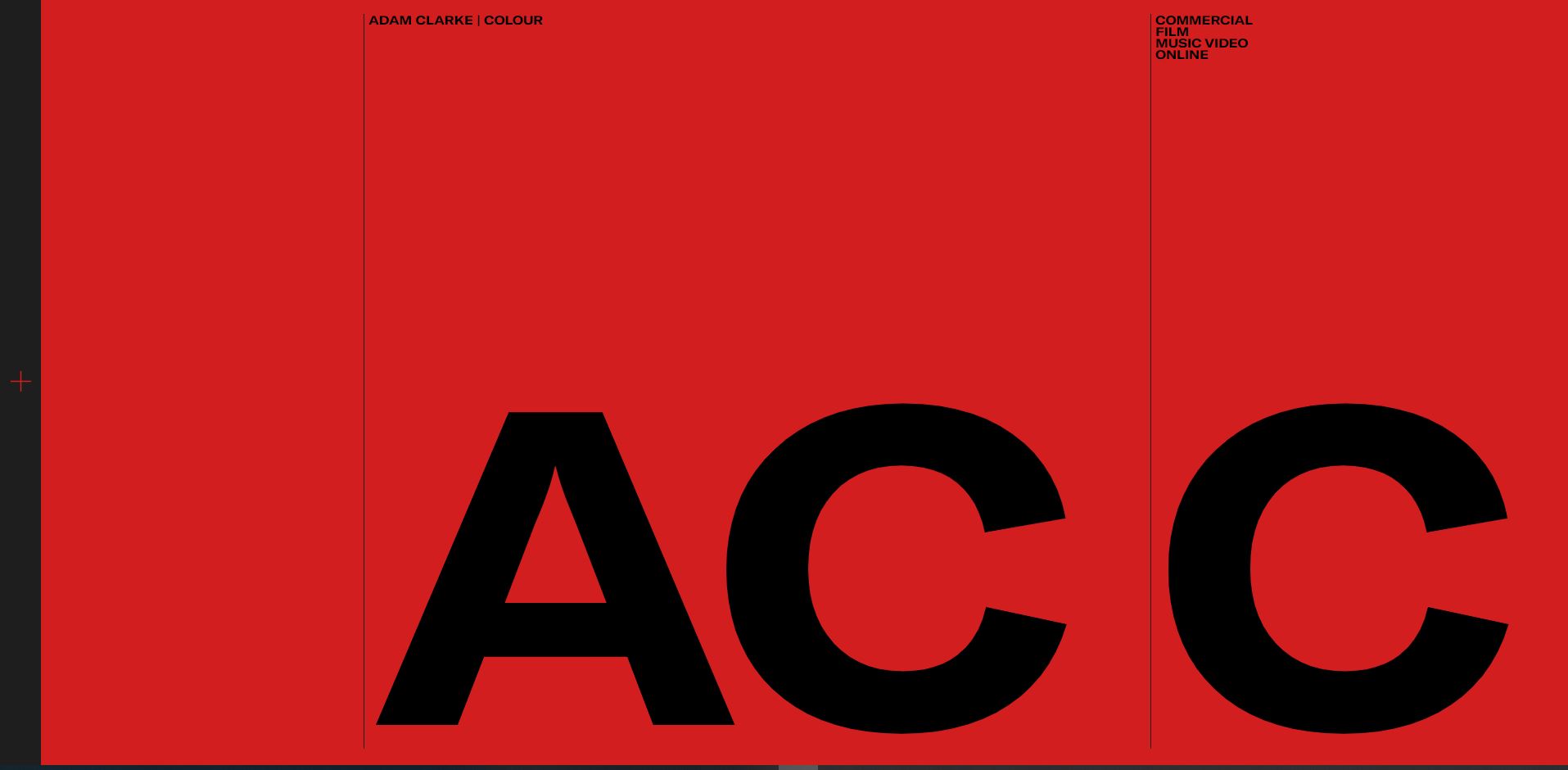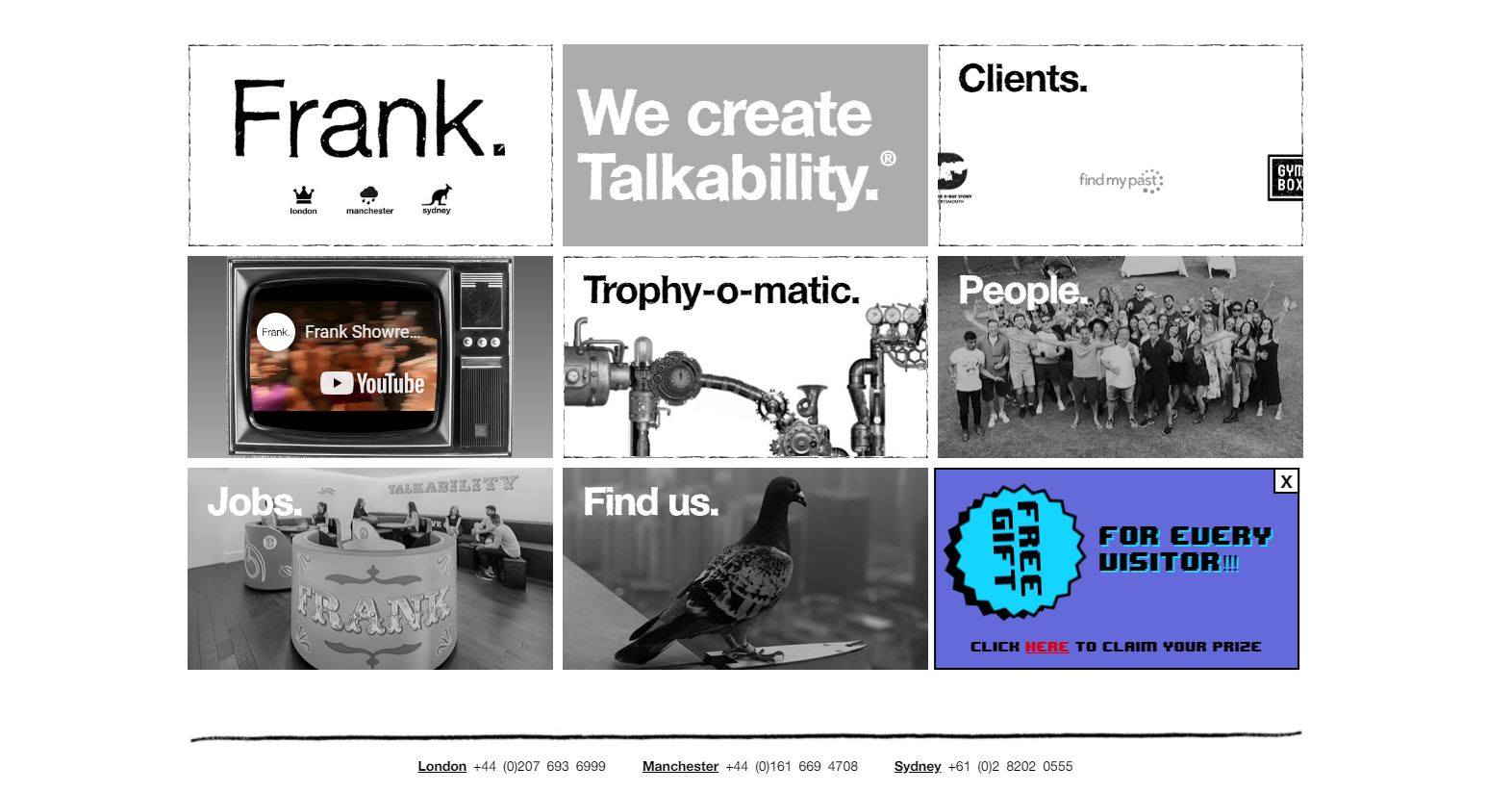Flash Technique in Web Design
Analysis & Showcase
What is Flash design?
Flash is a vector animation software originally designed for creating animations to be displayed on web pages. Vector graphics are ideal for the web because they are very lightweight. Wikipedia defines Flash as: “a software platform that manipulates vectors and raster graphics to provide animation of text, drawings, and still images.” As a web design technique, Flash was once very favorite and overused. It has to be noted that those images that just slide on a web page using tools like image rotators or slideshows do not belong to this category. They are a part of Animation design style.
is Flash web design good or bad?
Before I begin criticizing Flash, I have to admit that Flash can in some cases be an effective web design technique. For example, Flash can be used for as an informative device to present some knowledge about a product or activity/service. It can also be utilized for creating documentary videos and so on. In these cases, users sit back and enjoy the show. Flash is an awesome and a powerful tool for adding games, animations and videos to a website. So, if you are building a website that these types of features are well-suited for, then you can use Flash as long as you avoid its drawbacks. The key is to know when and how to use it. In some specific design projects, — like complex animations — a designer can deliver a great work in Flash that would be difficult or even impossible to achieve if another design style had been applied.
Cons of Flash design trend
However, to be completely honest, I do not generally consider Flash as a modern web design style — especially when it serves no purpose other than to decorate a web page. Flash has many drawbacks. Here are the reasons:
- Handles Text Badly:
In my humble opinion, web design is above all about content and text. Flash manages text very poorly. As Luke Clum stated some years ago: “No matter how you slice the pie, at the end of the day we all need to provide detailed content for our readers, not just pretty images.” We visit the web to read about things, not to watch something similar to a television commercial. There are a few descent design trends out there to be utilized to effectively embellish the contents. Flash is not one of them. Most of the Flash websites that we see nowadays are actually of video games’ character. And it is not at all what the web design is about!
- Security Issues:
Flash has a long history of security faults, malware, and bugs. It is generally known that the design of Adobe’s Flash Player is unsecured. The most common Flash vulnerability risks are executable code, pron to cross-site scripting attacks, overflow, denial-of-service and other weaknesses. As a result, a number of cybercriminals have misused vulnerabilities in Flash to steal the users’ data. Mozilla has disabled default support for Adobe’s Flash Player plug-in in its Firefox web browser (version 69 and higher — Firefox 70 is the latest version released on October 22, 2019.). It means that the users are now required to manually enable Adobe Flash. Google Chrome in its latest versions — for Windows, Mac, Linux, Android and iOS — has blocked Adobe Flash by default. Furthermore, Android users were recently (August, 2019) warned about the emergence of a deceitful new banking Trojan (dubbed Cerberus) that infects devices by pretending to be an Adobe Flash Player service to gain accessibility permission. If permission is granted, it allows Cerberus the ability to conduct overlay attacks. As a result of these issues, many security experts advise against installing Flash Player plug-in.
- Speed Limitations:
Flash web pages take a much longer time to load. It can be a real issue if the user is using an older browser or does not have the proper Flash plug-in. There is a high risk that users become impatient and consequently leave the site to choose a competitor with a faster website. On many occasions, the entire Flash site must be downloaded before it can be used. The dramatized situation is where Flash designers go overboard and take the liberty to unnecessarily create too fancy, heavy Flash movies simply to impress the users. I call it a Flash-driven stupidity.
- Not Suitable for Mobiles:
There is a high probability that Flash does not properly work on your mobile phone. Flash is awful for mobiles, because it is not optimized for these devices. As a result, it drains battery, eats memory and overall performs poorly on phones. It has been an issue for a long time, but the good news is the rise of alternatives. By utilizing the combined adoption of the open HTML5 and CSS3 standards, it seems we are going to basically skip the problem.
- Poor Usability:
To create a positive user experience has to be the primary objective of any website. This necessity becomes even more important when it comes to corporate sites, because it is a crucial factor in attracting more users and keeping them involved with a site for a longer time. The ultimate goal is to draw the visitors and convert them into customers. Majority of Flash websites simply won't help in this department because of their flaws concerning functionality and Efficiency. Another setback in this regard is development time. Flash development usually takes much longer than an HTML website. In addition, Flash consumes a lot of power, slows down browsers and causes devices to do a lot of unessential work. There are very few websites that gain from applying only Flash.
- SEO Issues:
Flash is not SEO friendly and can be very harmful to your search engine optimization. While content (text) is very easily comprehended by search engines, they have trouble to parse images or follow links that are not standard HTML links. As a consequence, it is a hard job for Flash designers to rank their sites high in search engines.
The future of flash design
Flash days are done; the future of the Web does not have a place for it. Considering the above mentioned disadvantages of Flash, it is essentially dead — especially with respect to tablets, smartphones and touch screens. Although Flash is still used on some sites, it is only about four per cent of the Internet that uses Adobe Flash now. Google Chrome and Mozilla Firefox have already disabled default support for Adobe’s Flash Player plug-in in their web browsers. In addition, Apple decided to remove support for Flash from its iOS operating system. Flash tried to hang on for a while, but in the end, gave it up. Adobe has announced that they will stop updating and distributing the Flash Player on December 31, 2020.
NOTE: Flash sites usually take a longer time to load. So please be patient when you visit following websites.



